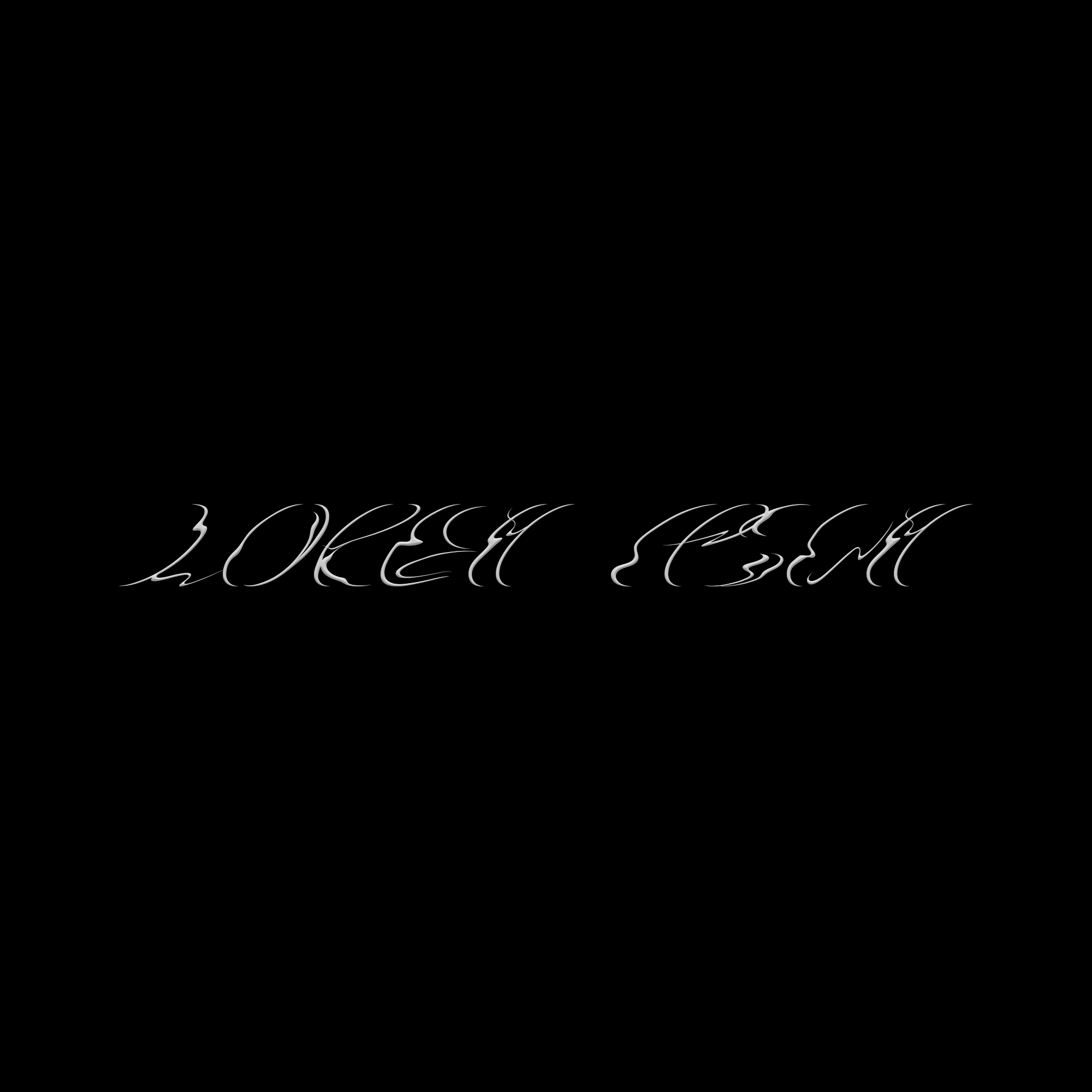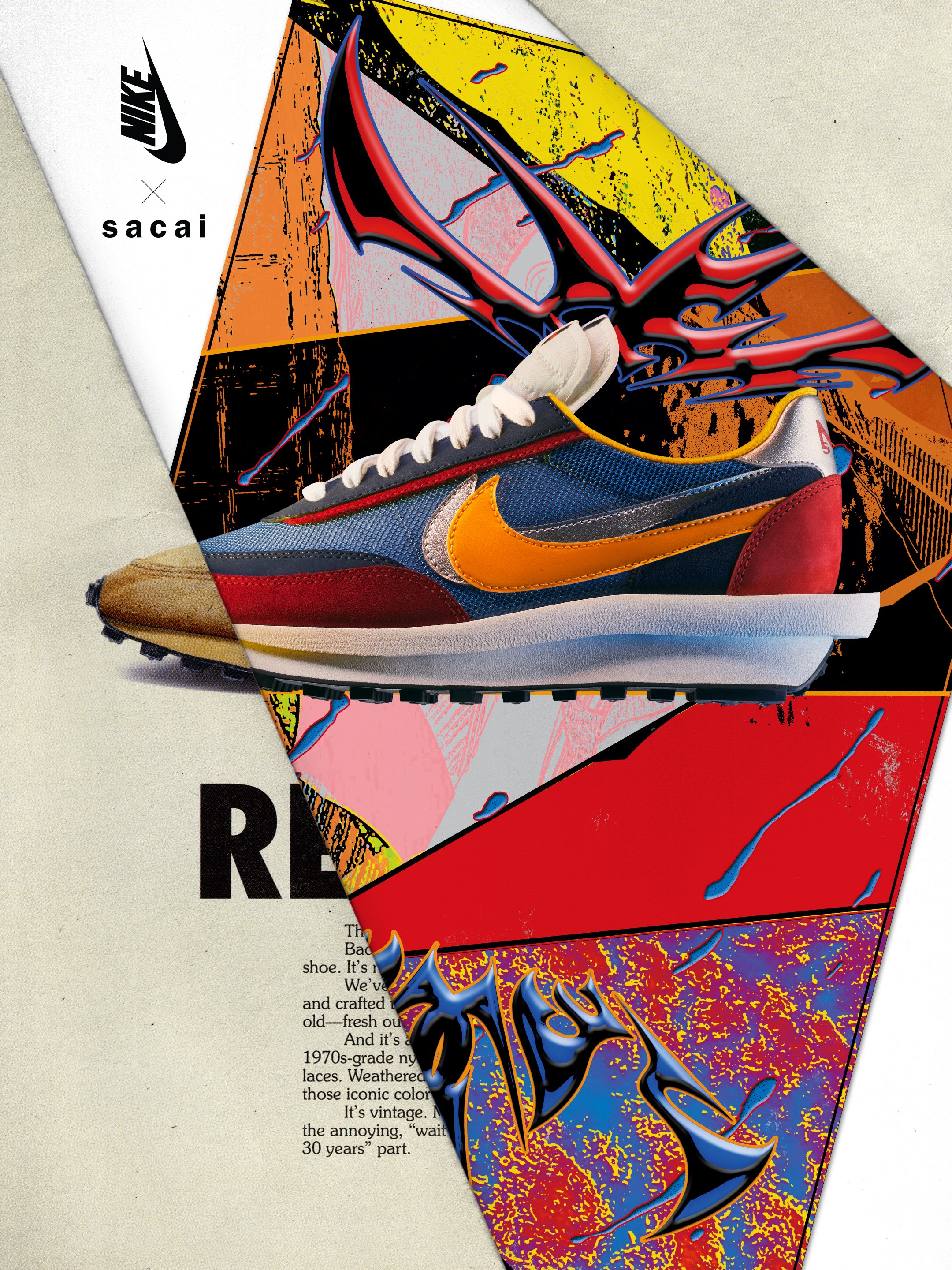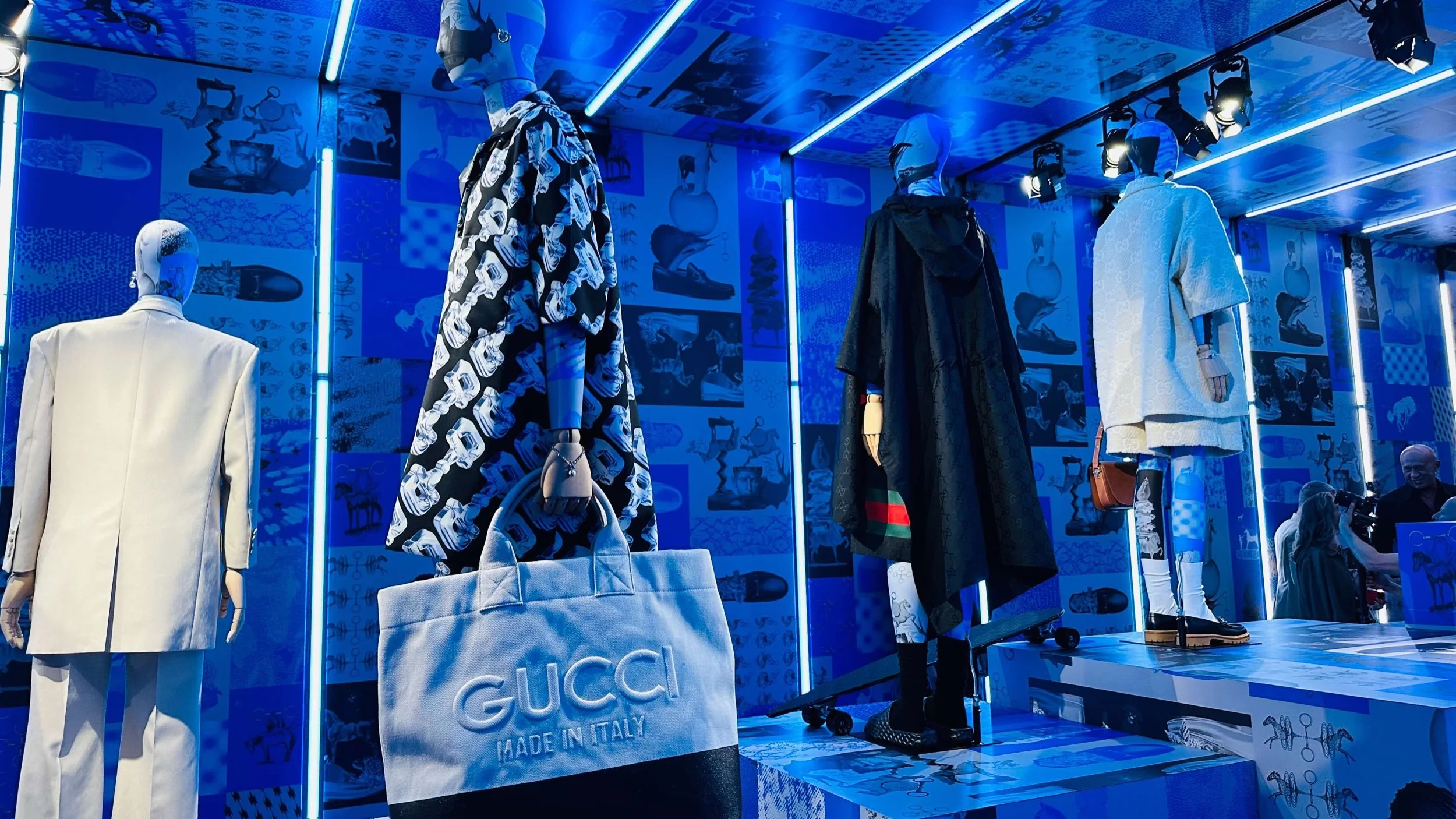Kazuhiro Aihara
Kazuhiro Aihara is a digital artist known for his exploration of digital textures, brushstrokes, and color palettes. With a background in graphic design and typeface, he is painting directly on the Photoshop art board. His unique style caught attention, and since around 2015, his poster works have been collected in renowned design galleries and museums across Japan, Taiwan, and more. Aihara's talent has led him to collaborate with major commercial brands, including Nike, showcasing his ability to merge art and design seamlessly. In 2021, he made his foray into the world of NFTs, sharing his digital creations on platforms like SuperRare and Foundation.
Aihara's innovative approach incorporates deliberate glitches and unexpected digital accidents, pushing the boundaries of visual art, his distinct style emphasizes intuition and improvisation. With a strong passion for experimentation, Kazuhiro Aihara continues to make his mark in the world of digital art and design.
Can you tell us more about your design process, and how it evolves from ideation to execution?
I am currently a digital artist, and my main activity is to create and present my own digital art. In other words, it is art, not design. However, this does not mean that I do not do design completely. In art, the idea is always inside oneself. In design, the opposite is true. So we adopt completely different approaches, but in the past few years, I have come to the conclusion that I do not need to be conscious of whether it is art or design, and that I should just make my own art, even if it is client work. This may sound very rough, but I believe this approach is the best choice.
My current style is based on my career and experience. I create a situation where I, the artist, am at the forefront of any client's mind. If I don't think I can achieve that, I don't do the client work. Even if there is a very large budget available.The most important part of the design process is intuition and improvisation. Even for client work, after examining the minimum rules and regulations, I let myself go. In many cases, the rough draft is the most lifelike, and the more you incorporate other people's requests, the more nonsensical it becomes.
It is also important to take myself away from references and contexts as much as possible. If something I have created resembles something in my memory, I start over from scratch. Otherwise, it is just a copy of someone else's design made in the past. My commission work is currently closed. I only work with a few specific people, but basically it is closed. I have been working in the graphic design world for over 10 years, but I still have too many problems with the industry. I have learned concepts and techniques from many archives, but as an artist I don't like anything that looks extremely similar to a design archive that someone has done before. Of course, there are many times when I come close by accident, but when I do, I have to leave the place as much as possible. Ideally, my creativity should exist in a place surrounded by nature, where there are not many people around, such as outer space. The best way to do this is to create in a meditative state.
How your journey as a snowboarder manifest itself in your designs in the digital realm?
Although I have rarely been in the mountains since I graduated from snowboarding 20 years ago, the pioneering/challenging spirit and concept of freestyle has been a great inspiration for me in art. I call it *Art Athlete-ism* and I am conscious of aiming for the top of the podium in the art world as well. It is difficult to define what is a competitive concept in art, but the bottom line is that working out hard every day, presenting my work as if it were a competition, fixing what went wrong, and moving forward with the goal of making my mark on the history of digital art, is for me It is a thrilling life and a way to stay motivated.
Are there any particular artists or designers who have had a significant influence on your work? If so, how have they influenced your approach to your work?
Now and then, I try as much as possible not to be influenced by others. I focus on what I want to be. However, I have learned from the work of many artists. For example, it would be interesting to mention only Asian artists such as Shuji Terayama, Wong Kar Wai, Rei Kawakubo, Ryu Murakami, and my friend KOHH.
How do you think graphic design has adapted to and reflected cultural and societal changes over the years?
Graphic design has influenced us in many ways. Sometimes it even has the power to change social structures. I am self-taught in the visual arts, so I did not study graphic design academically. However, I feel the strength of the direct message of Russian avant-garde and the figurative visual communication of Hipnosis and others. Banksy, in my opinion, is also an excellent graphic designer. Graphic design has always played an important role in initiating social change. I am looking for ideas that I have never seen before. I believe that true graphic design can be found in those that are rather difficult for artists to adapt to society.
How do you approach the balance between aesthetics and functionality in projects when designing for commercial clients, such as Nike?
Working with Nike has been great. I don't know how other creators work with them, but as far as my former work with them, it was great. They tried to understand me as an artist and my style. And I think there was a lot of respect when it came to incorporating my creations into the actual advertising visuals. They had a clear vision of how they wanted to incorporate my style into their designs. As long as I agreed with them, there was no problem. I've had a long appreciation for Nike's creativity, so it was just a matter of fitting my style into their aesthetic. I still do. It's about attracting clients to my art.
How are your typeface designs similar to or different from your digital paintings?
The study of typography is a very important element in my work. They have much in common with my digital art in that they are highly improvisational, contingent, and physical. I focus on the legibility and illegibility of letters. By viewing letters as paintings, I am accessing the historical context of typography. Since ancient times, letters have emerged from paintings that mark things and events. From there, the Japanese developed a unique development, using a combination of several types of characters. Unique Japanese letter forms such as kanji and katakana, along with the streamlined calligraphy of the Orient, fascinate me. The development of typography is also a dialogue with my inner self, with an awareness of naturalness. Ideally, the shapes that emerge should be free of intentional forms and retain the traces of beautiful accidents.
Can you discuss impact of the digital age (including NFTs) on visual arts, particularly in terms of cross-cultural influences and collaborations as well as the concept of ownership?
I am focused on NFT because of the market, of course, but more importantly because of the concept of *decentralized* in the blockchain, because I see potential in NFT for the next generation of visual creative production environment and its market system. I believe that NFT has the potential to be the next generation of visual creative production environment and its market system.
I believe that the future of visual creativity requires a thorough implementation of the artist-first concept and the establishment of a revenue structure that is not centralized. It will take a lot of time and effort to change traditional structures, but in the genesis of a new world, like the blockchain ecosystem, there is so much that is possible. Many of my friends who started NFT are also dropping original styles into the space that would not have been possible in the past with client work, and are producing spectacular high quality art and design. I believe that the further liberation of the visual arts can be meaningful in relation to the traditional world.
Finally can you walk us through one of your recent projects/releases and the story behind it?
In the NFT area, I have completed the release and sale of my digital artwork in a solo exhibition (retrospective) in Switzerland and a large NFT group exhibition in Tokyo. We continue to work on new works. We will continue to release new works as needed. At the same time, I will be producing and releasing my own 1/1 garment collection called *KA1OF1* and releasing new fonts on the font license store *RMAW.STORES.JP*, which I design and develop. Kazuhiro Aihara is the solo artist, designer, producer, marketer, sales person, and manager of the company. The future is not a scale business, but a cutting-edge, overwhelmingly independent one.
interview NILSU OZTRK
What to read next

















